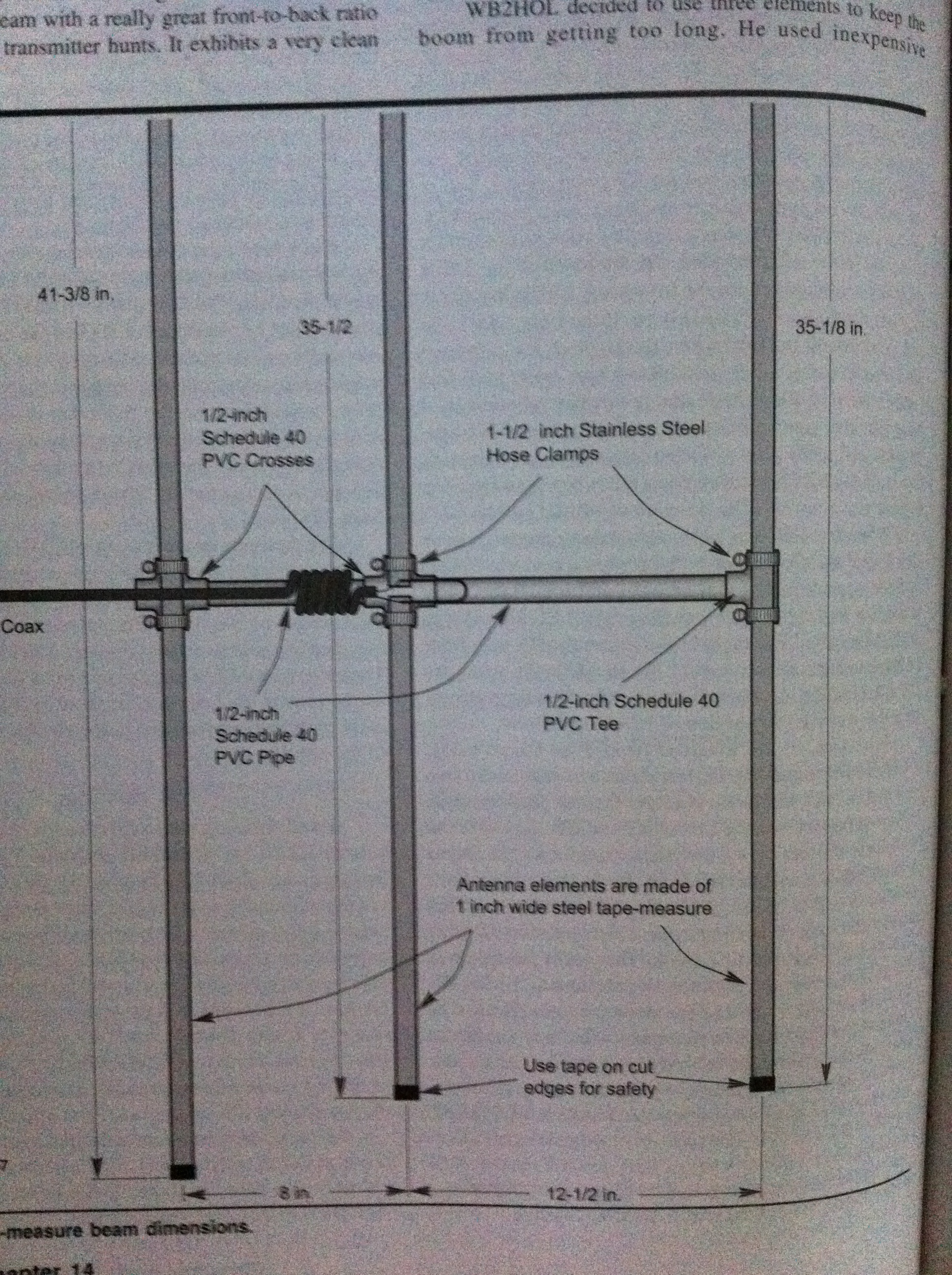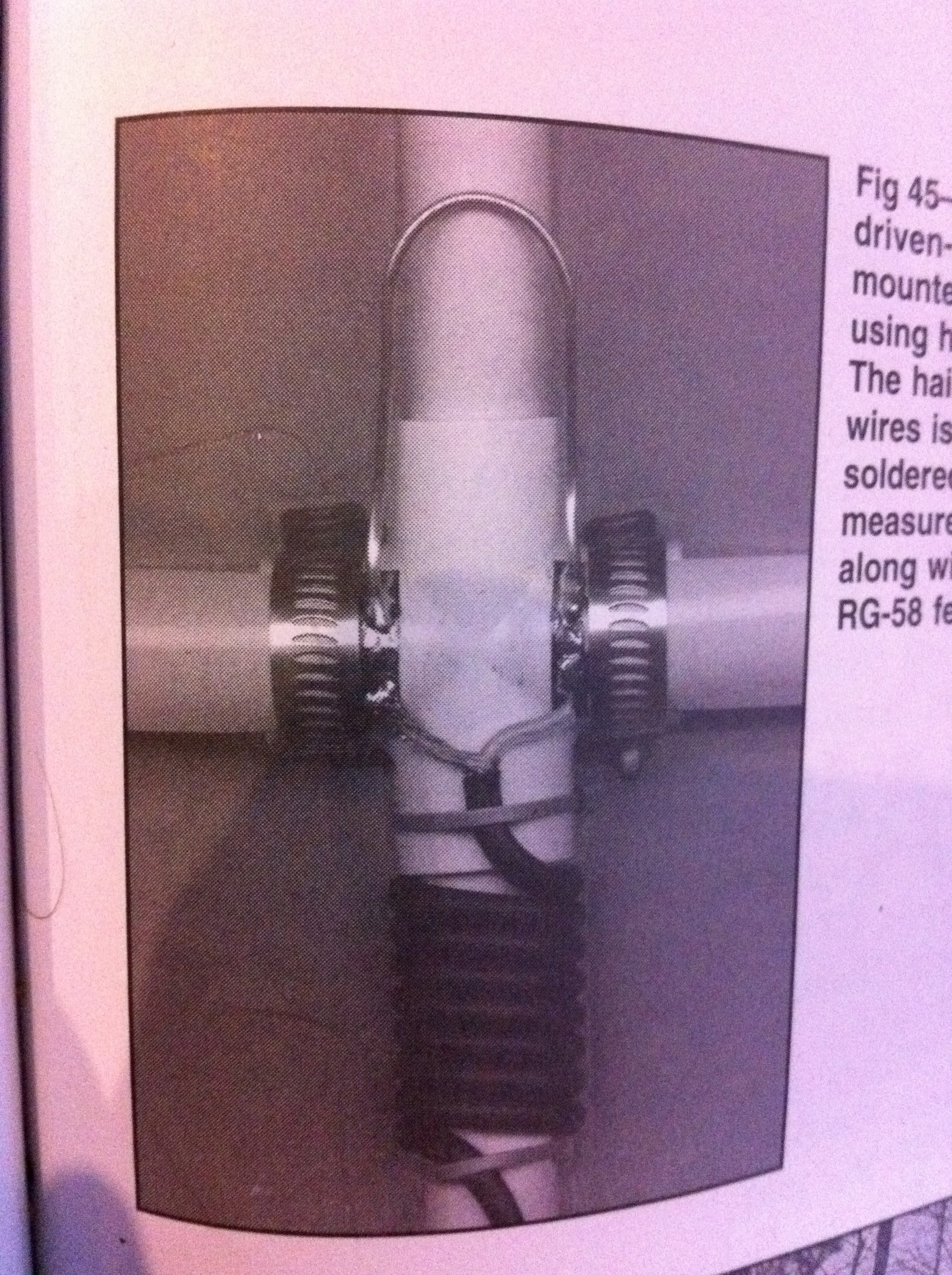03/11/2011
An 8.9 earthquake struck Japan at 2:46 JST (0546 UTC) on Friday, March 11. According to the US Geological Survey (USGS), this is largest earthquake in 140 years to hit the island nation. The earthquake occurred in the western Pacific Ocean, 81 miles east of Sendai, Honshu, Japan. Its epicenter was 232 miles from Tokyo. News reports by the Tokyo Broadcasting System indicate that at least 200 people have died and another 88,000 are missing in six different prefectures. The quake triggered tsunami waves as high as 33 feet off the coast of Japan.
At this time, there are no reports of Amateur Radio involvement in the disaster response. Even so, IARU Region 1 Emergency Communications Coordinator Greg Mossop, G0DUB, has asked that extra care be taken so as to not interfere with any emergency traffic. The IARU Region III Emergency Center of Activity frequencies are 3.600, 7.110, 14.300, 18.160 and 21.360 MHz. Other suggested emergency frequencies being reported by Amateur Radio operators from Japan include 7.130, 14.230 and 21.230 MHz.
Icko Suzuki, JA1BPA, of Tokyo, told the ARRL that telephone lines and the Internet are “okay for the JA1 (Tokyo) area, but the Miyagi, Fukushima and Iwate prefectures (JA7 area) are hard hit and I cannot reach my brother who lives there.” Suzuki said that in Japan, emergency communications activities and support normally occur on 40 meters and on VHF, “so normal DX bands should not be affected.”
In Hawaii, Ron Hashiro, AH6RH, told the ARRL that his state is preparing for a tsunami: “The water level at Kahului Harbor — the main harbor on the Island of Maui — dropped 5 feet at 3:54 this morning HST (1354 UTC).” A quake measuring 4.5 was felt in Hawaii, 150 minutes following the Japan tremor.
Less than an hour after the Sendai earthquake hit, the Pacific Tsunami Warning Center (PTWC) in Honolulu, Hawaii, issued a Tsunami Warning for the State of Hawaii, saying that “an earthquake of this size has the potential to generate a destructive tsunami that can strike coastlines near the epicenter within minutes and more distant coastlines within hours.”
The PTWC also issued a Tsunami Warning for Japan, Russia, the Marcus Islands, the Northern Marianas Islands, Guam, Wake Island and Taiwan. A Tsunami Watch was issued for Yap, the Philippines, the Marshall Islands, Belau, Midway Island, Pohnpei, Chuuk, Kosrae, Indonesia, Papua New Guinea, Nauru, Johnston Island, the Solomon Islands and Kiribati.
The West Coast and Alaska Tsunami Warning Center (WCATWC) in Palmer, Alaska, issued a Tsunami Warning for the coastal areas of California and Oregon from Point Concepcion, California to the Oregon-Washington border and for the coastal areas of Alaska from Amchitka Pass, Alaska (125 miles west of Adak) to Attu, Alaska. A Tsunami Advisory was issued for the coastal areas of California from the California-Mexico border to Point Concepcion, California and for the coastal areas of Washington, British Columbia and Alaska from the Oregon-Washington border to Amchitka Pass, Alaska.
A tsunami is a series of long ocean waves. Each individual wave crest can last 5-15 minutes or more, and extensively flood coastal areas. The danger can continue for many hours after the initial wave as subsequent waves arrive. Tsunami wave heights cannot be predicted and the first wave may not be the largest. Tsunami waves efficiently wrap around islands. All shores are at risk, no matter which direction they face. The trough of a tsunami wave may temporarily expose the seafloor, but the area will quickly flood again. Extremely strong and unusual near-shore currents can accompany a tsunami. Debris picked up and carried by a tsunami amplifies its destructive power. Simultaneous high tides or high surf can significantly increase the tsunami hazard.
According to the BBC, coastal areas in the Philippines, and other parts of the Pacific were evacuated ahead of the tsunami’s expected arrival. The first waves, currently about 4 feet high, have started reaching Hawaii. New Zealand downgraded its alert to a marine threat, meaning strong and unusual currents were expected.
Initially reported as 7.9 by the USGC, the magnitude of the Japan earthquake was quickly restated as 8.8 and then 8.9. According to the USGS, this earthquake is the fifth strongest quake in the world since 1900, the seventh largest in recorded history and the largest tremor to hit quake-prone Japan in 140 years. The largest quake ever recorded hit Chile in 1960, measuring 9.5.
As of now, the only entities conducting emergency nets are the Oregon ARES®/RACES on 3.964 MHz and SATERN on 14.265 MHz. As the ARRL hears of more emergency nets related to the earthquake and tsunamis, we will post this information and frequencies on the ARRL EmComm Twitter page and the ARRL website.


